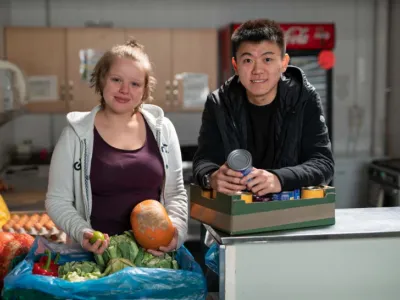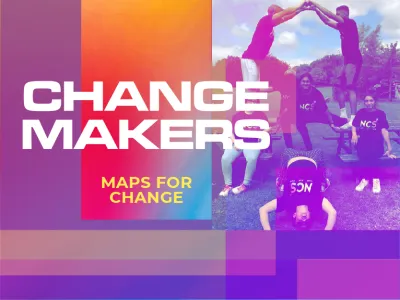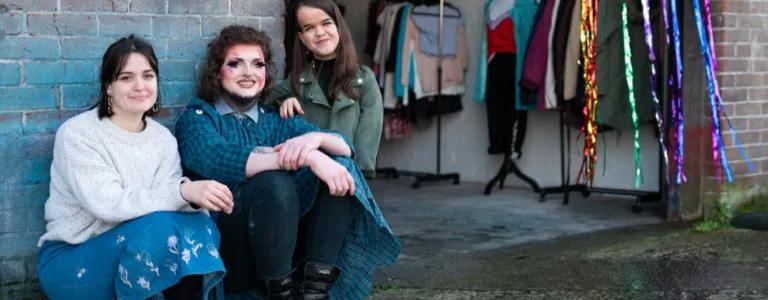
Youth Rising: Caitlin Talks Fast Fashion
Include this article in your Skills Builder Journal. It could help you develop... 



First episode of Youth Rising leave you feeling inspired? Now we have Caitlin, who’s on a mission to change the face of fashion. Get scrolling for her incredible story, then see her short documentary over on E4’s YouTube channel - you’ll be glad you watched.
In a nutshell, what’s your story?
Hi, my name is Caitlin, or as I’m better known, Cait. Growing up, fashion has been a vast struggle with regards to catering for my stature of 3’8 and alongside this, I am extremely eco-conscious! As a result, I created a petite style blog in 2018 eventually combining the two factors to shop suitably and sustainably in a minority-based demographic.
What inspired you to start?
The journey was probed by watching Stacey Dooley’s ‘Fashion’s Dirty Secrets’ a couple of years ago when ‘asliceofcait’ was primarily created. My main focus at the time related to finding the most recent outfits and how to adapt them when shopping as a short-statured being.
However, the documentary awakened my sense of spending on clothes. This included the elements in which my consumerism impacted. For example, the dispersion of company spending, the ethical elements of production and the consequences of their carbon footprint.
Nobody deserves to suffer to give the right of superficiality to somebody else. Thus, I now browse in charity shops and only buy clothing from the high street if I can see myself using the product for at least five years or more.
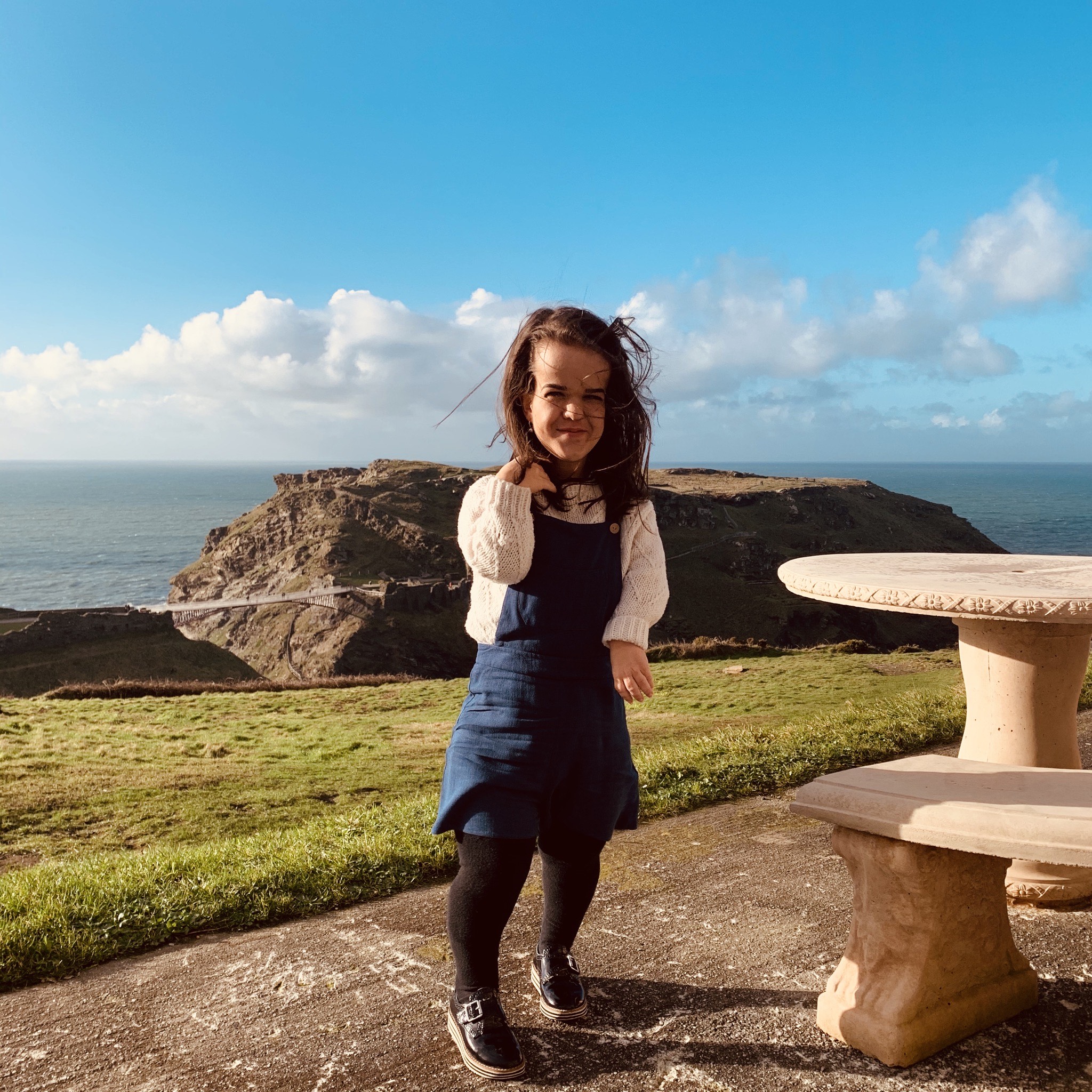
And what was the first thing you did to get started?
I very much began by visiting the surrounding towns and going on charity shop hunts whilst on a family outing. Shopping in smaller villages includes less temptation and they provide absolutely no distractions other than boutiques. Support independent brands too! They are just as sustainable, even down to the packaging and selling handmade products.
Did you face any challenges along the way?
Sizing was a primary barrier in the beginning as the children’s section at times was far too small and provided immature designs. Therefore, the adult rails were my only option and even the selection was rather dense in the beginning. I picked one item up if I was lucky! Independent boutiques are very selective with their stock too, often having a niche age and lifestyle demographic.
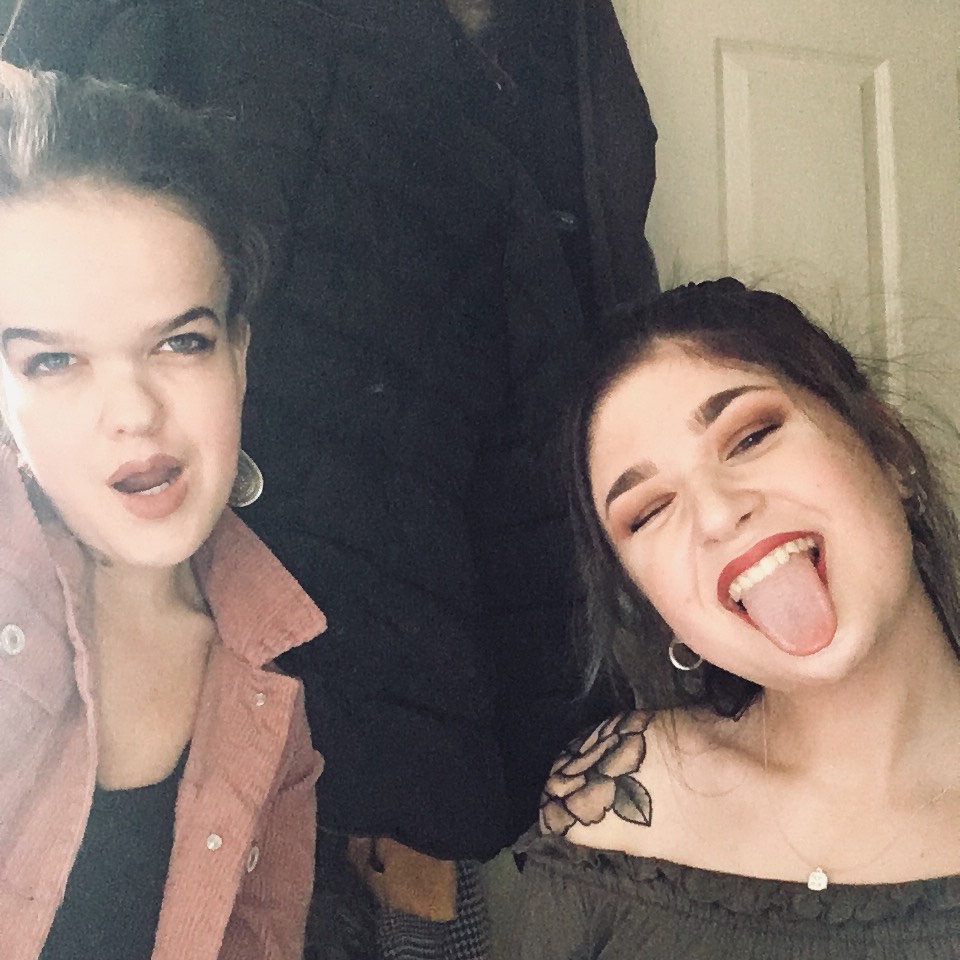
How did you overcome this?
I definitely overcame the charity shop based issues by never giving up or going into my city centre. Plymouth has a street with a plethora of substantial shops that sell additional items so they certainly have a widened stock range.
Making the most of other cities too. Although, yes alternative stores in another place are shiny and new, it never hurts to check out their selection of ecologically friendly shops. Furthermore, said stock ranges have increased as the climate crisis has been elevated in status by young activists alike!
What’s your advice to young people looking to make a change?
My advice is to, as cliche as it sounds, research the variety of demographics and the issues that relate to the area they live within, or look at an issue that they can relate to – whether it impacts them directly or indirectly. For example, the Climate Crisis affects me due to the fact that I live in a city that is progressively being damaged by rising sea levels.
Start small but dream big and network! Use free platforms such as social media and Wix in a positive manner to build a profile. Contact a local MP too and NCS veterans. Youth projects are the vital root of activism! By combatting smaller problems they will eventually build a sparser community to create a widespread form of awareness.

What one small change could make a big difference?
Rationale or lists! Yes, it is understandably difficult to believe in as a teen. I have been there and done that...getting one too many T-shirts along the way. When carrying out a plan, an action or a purchase, make a mental comparison list of pros and cons. Ask a friend too!
Consider the life span, practicality and how many times it will end up on the floor. All of these factors can conquer mass consumerism and the output of eventual waste.
What are your hopes for the future?
My hopes are to continue raising awareness for accessibility and sustainability in fashion via web posts as well as widening the platform for people alike with accessibility requirements!
Being a part of the minority I am aware sustainability will be harder to acquire as a result of ignorance. Everyone has the right to be sustainable if the conversation is opened up more as well as the means of platforms and products provided.
Check out Caitlin’s inspiring short documentary over on E4’s YouTube Channel.


